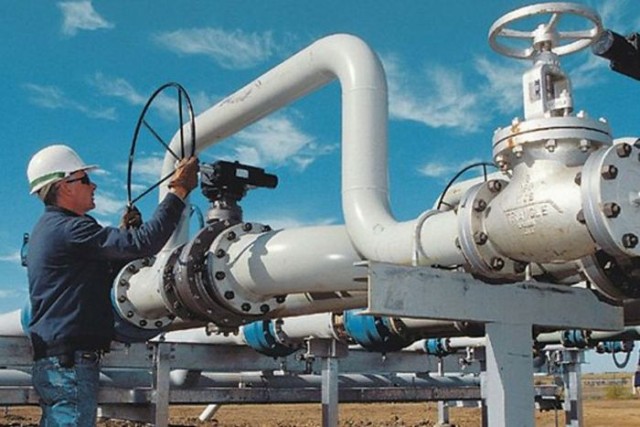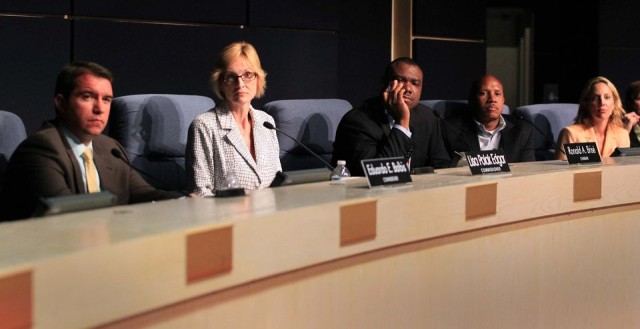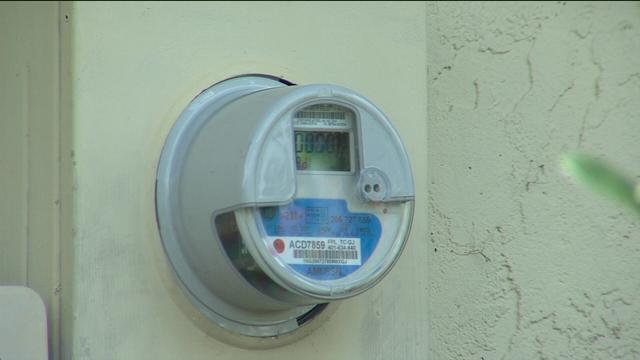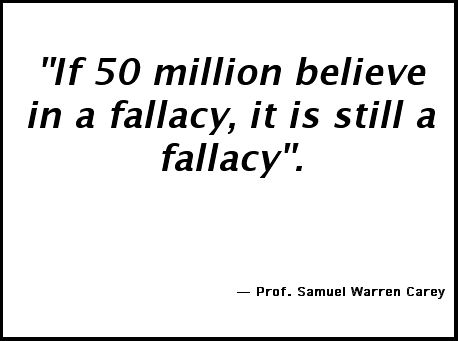US Government: Fracking is the Future
The US National Intelligence Council has released its latest report Global Trends 2030: Alternative Worlds.
The report states:
“Experts are virtually certain that demand for energy will rise dramatically—about 50 percent—over the next 15-20 years largely in response to rapid economic growth in the developing world. The US Energy Information Agency anticipates steadily rising global production through 2035, driven primarily by a combination of OPEC production increases and larger unconventional sources. The main or references scenario of the International Energy Agency also posits growing global production of key fossil fuels through 2030 (about 1 percent annually for oil). Much of this increased production—and recent optimism—derives from unconventional oil and gas being developed in North America. The scale-up of two technologies, horizontal drilling and hydraulic fracturing, is driving this new energy boom. Producers have long known shale “source rock”—rock from which oil and natural gas slowly migrated into traditional reservoirs over millions of years. Lacking the means economically to unlock the massive amounts of hydrocarbon in the source rock, producers devoted their attention to the conventional reservoirs.” [My emphasis]
“Once the industry discovered how to combine hydraulic fracturing and horizontal drilling, the vast gas resources trapped in shale deposits became accessible. The economic and even political implications of this technological revolution, which won’t be completely understood for some time, are already significant,” stated the report.
“In a tectonic shift, energy independence is not unrealisticfor the US in as short a period as 10-20 years. Increased oil production and the shale gas revolution could yield such independence. US production of shale gas has exploded with a nearly 50 percent annual increase between 2007 and 2011, and natural gas prices in the US have collapsed.”
US has sufficient natural gas to meet domestic needs for decades to come, and potentially substantial global exports.
Service companies are developing new “super fracking” technologies that could dramatically increase recovery rates still further.
The report concludes, “The prospect of significantly lower energy prices will have significant positive ripple effect for the US economy, encouraging companies to taking advantage of lower energy prices to locate or relocate to the US. Preliminary analysis of the impact on the US economy suggests that these developments could deliver a 1.7-2.2 percent increase in GDP and 2.4-3.0 million additional jobs by 2030.“
Read the entire report:






 Zunaira Zaki from
Zunaira Zaki from 







